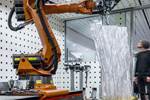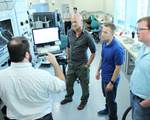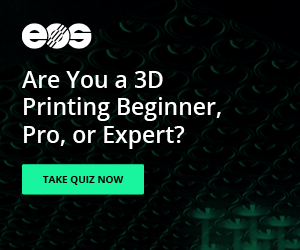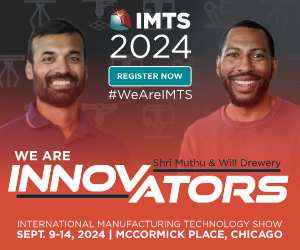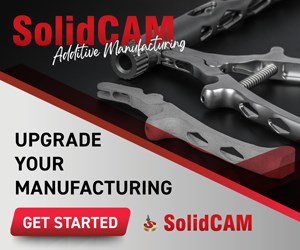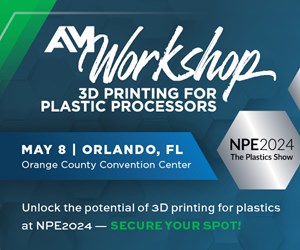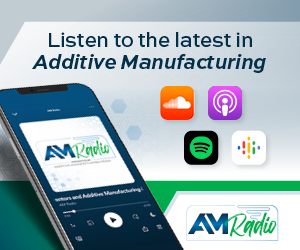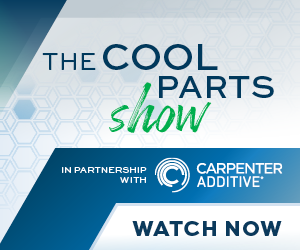Rapidia Unveils Process for Debinding Free Bound Metal
Rapid 2019: Rapidia has announced an office-friendly way to 3D print metal parts that eliminates the debinding step required by other bound-metal systems.
Share
Read Next
Rapidia has announced an office-friendly way to 3D print metal parts that eliminates the debinding step required by other bound-metal systems.
The company’s technology uses water to bind the metal powder rather than polymer. Most of the water evaporates away during printing, and the 3D printed parts can be placed directly into the sintering furnace without passing through a debinding unit first. The Rapidia system also operates on regular household power, plugging into the same outlet as a kitchen electric range. It is said to minimize metal waste by not requiring a printed base-plate.
Related Content
-
World’s Largest Metal 3D Printer Seen at Ingersoll Grand Opening Event
Maker of large additive and subtractive machines adds capacity in Rockford, Illinois.
-
AM 101: What is Ultrasonic Additive Manufacturing?
Going from additive to subtractive can be simple with Ultrasonic Additive Manufacturing (UAM). What is it and how does it work? Learn the basics in this 101 post.
-
Possibilities From Electroplating 3D Printed Plastic Parts
Adding layers of nickel or copper to 3D printed polymer can impart desired properties such as electrical conductivity, EMI shielding, abrasion resistance and improved strength — approaching and even exceeding 3D printed metal, according to RePliForm.

